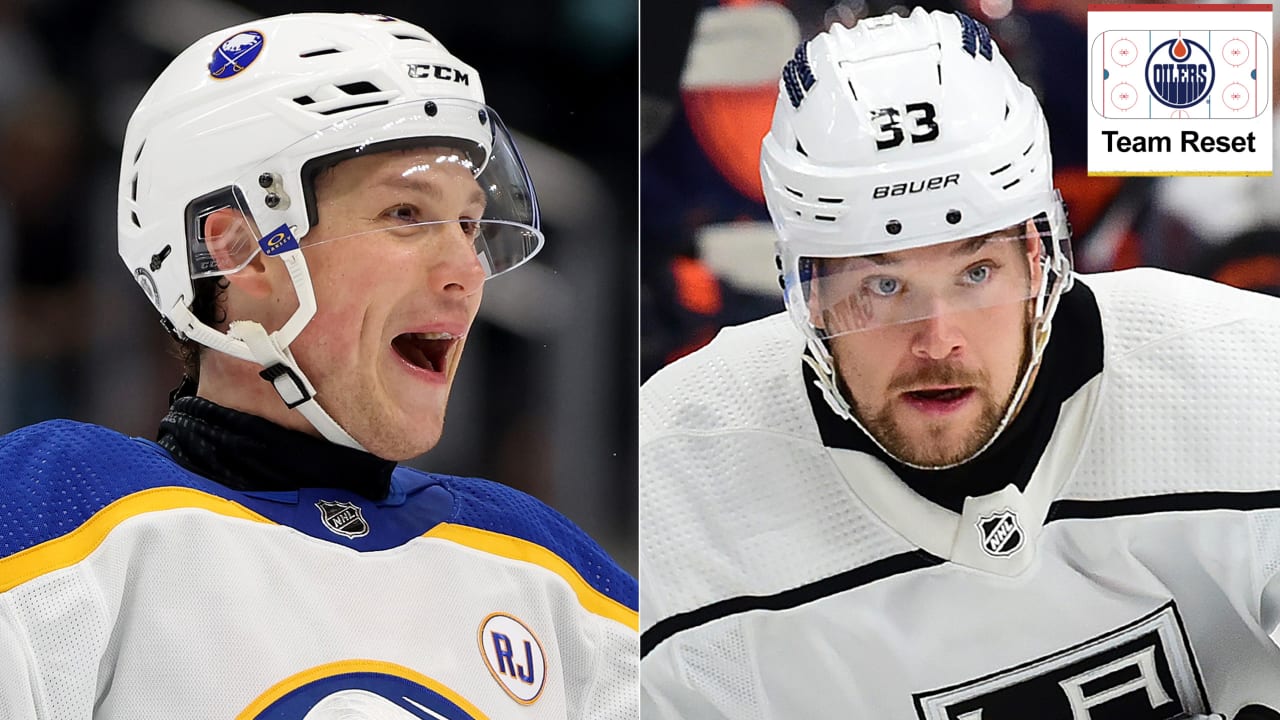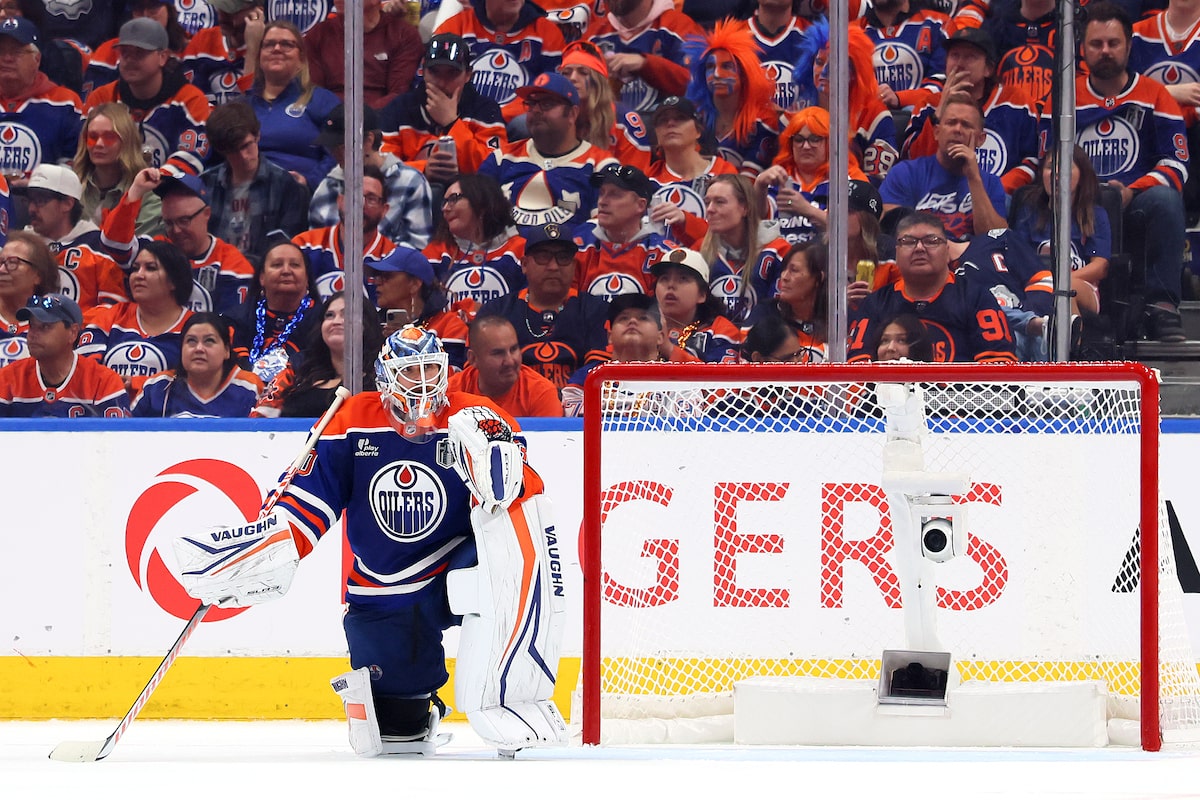The Oilers have made a firm pivot away from chasing formerly productive veterans, learning from last summer’s costly missteps. Their signings of Jeff Skinner and Viktor Arvidsson—a combined $7 million cap commitment—were gambles built on past performance rather than current fit. Neither player hit the mark, and those contracts ultimately hampered roster flexibility and cap health.
Skinner, once seen as a high-upside reclamation project, failed to mesh in Edmonton. His defensive deficiencies and inability to earn consistent top-six minutes made him expendable. Arvidsson, too, didn’t develop on the chemistry front. Both exits were more than roster cuts—they represented a recalibration toward younger, faster players who align with the team’s core ethos .

General Manager Stan Bowman has responded decisively, opting for cost-effective upsides rather than high-price veterans. New additions such as Ike Howard and Matt Savoie are unproven but bring potential and flexibility at a lower cost. This shift signifies a long-term strategy centered around growth within the team’s emerging core—prioritizing speed and development over name recognition .
The moves also reflect a broader learning curve: Edmonton is no longer gambling on short-term heroics at the expense of sustained success. Last year’s cap mismanagement contributed to losing prized restricted free agents Dylan Holloway and Philip Broberg—an outcome the franchise now seems determined to avoid repeating.
In summary, the Oilers’ offseason corrections—from parting ways with Skinner and Arvidsson to investing in youth and cap flexibility—mark a sharp strategic shift. It’s a course correction born of hard-earned lessons, one aiming to align the team’s resources and identity with sustainable contention rather than quick fixes .




